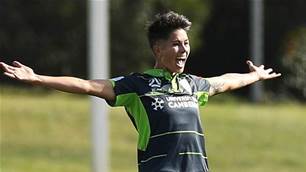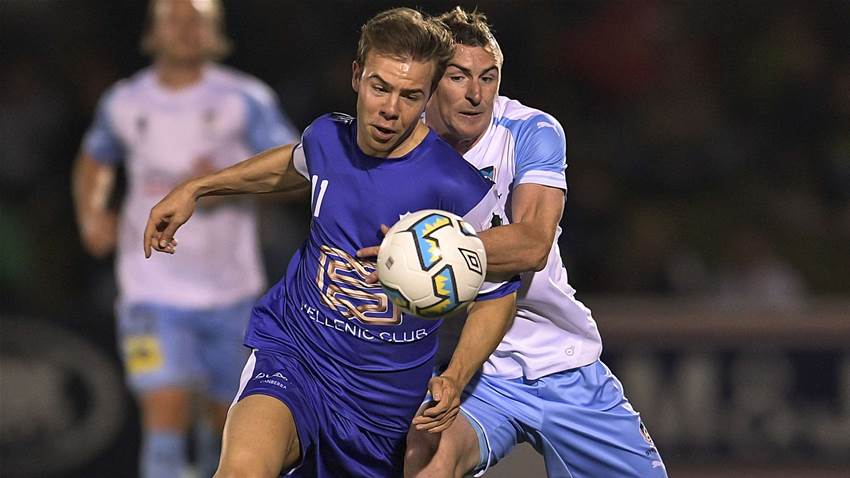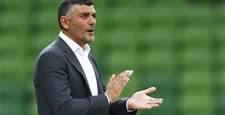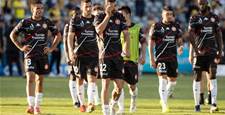Fish where the fish are. That is the very loud and clear message from FFA headquarters when expansion of the Hyundai A-League is mentioned, and this tried and true marketing catch cry has produced results in the annals of history. But if you’re fishing for school fish in a lake full of sharks, are you really going to catch any?
Last week Sydney FC visited the Nation's Capital for its FFA Cup Semi-Final clash with semi-professional local team Canberra Olympic in a historical match for both the competition and the local football community. Over 5,500 people attended the mid-week night fixture where temperatures dropped to around 4 degrees during the game, even though the souvlaki stand and sausage sizzles tried their best to keep the crowd warm. Yes, it was a semi-final and the Sydney FC faithful helped add to this crowd, but the vast majority of the fans there were people who had come to support the game in Canberra. Local people. Football people.
Football in the nation’s capital has a great and varied history, considering the city is just over 100 years old, and whilst Canberra Olympics roots are in the Australian-Greek community, there are roots in capital football with diverse reaches from all over ‘traditional’ football homelands in Europe and beyond. Zelic, Rogic, Valeri, Juric and Australia’s long term Matilda’s goalkeeper Lydia Williams all were either brought up in or played their junior football in Canberra. The player of the match in the associations Grand Final is named after the Valeri family. Local people. Football people.
Where Football Federation Australia decide to go next will be largely based on metrics such as population because that does tie into other important categories such as membership potential, TV audience, attendances, market saturation and so on. With the ACT’s population ticking over 400k and studies showing the ratio of incoming to outgoing interstate settlers becoming much tighter than in previous years, is this headcount high enough to satisfy those at Whitlam Square?
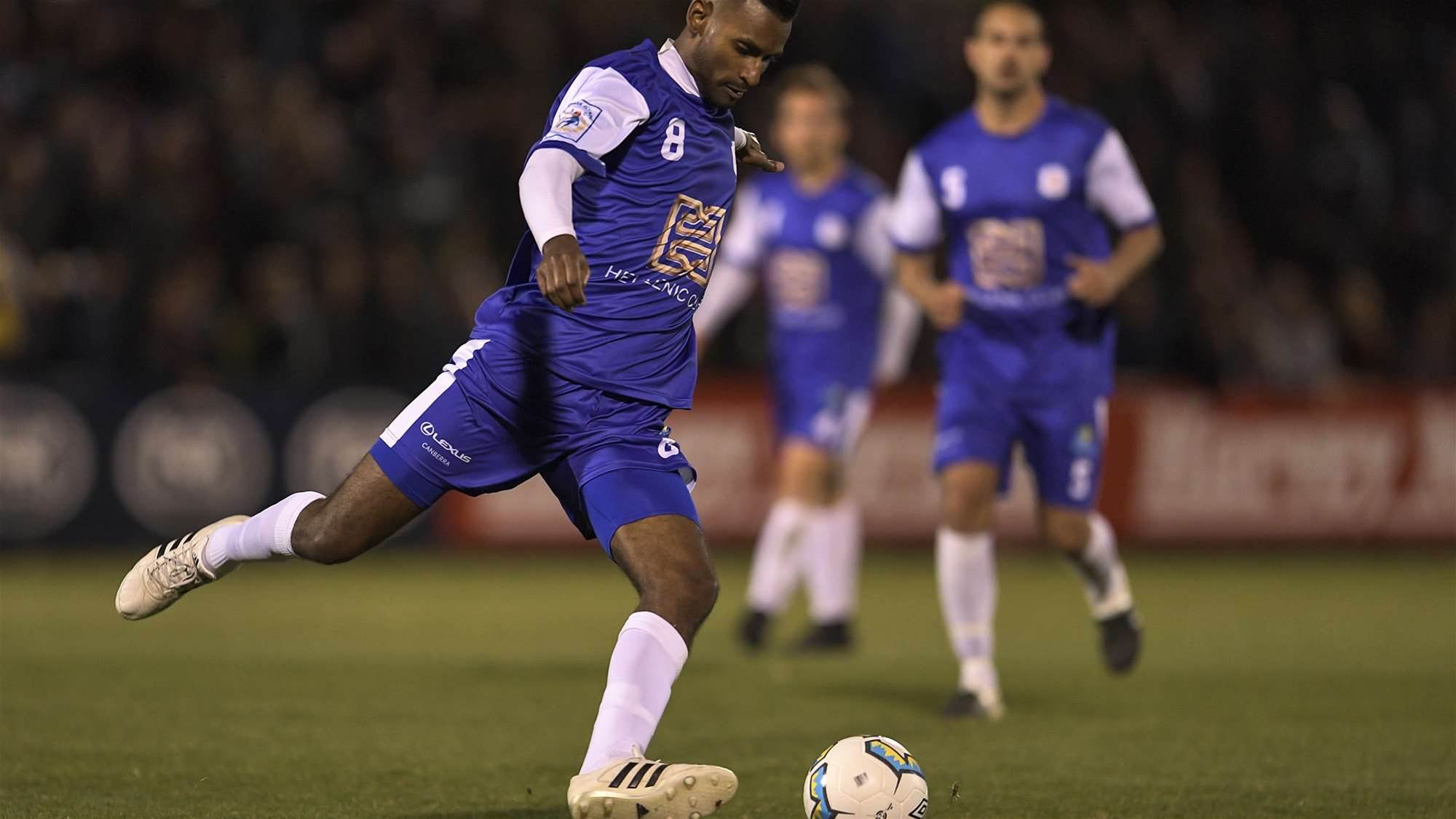
Considering the only professional teams based in Canberra play during the winter months, the A-League season is free of competing sports for attention. No NRL, Super Rugby, Big Bash, AFL or NBL. The city’s populace will be solely focused on football. There is a rectangular stadium that holds 25,000 lying dormant during summer. Their W-League team Canberra United, have competed on the main stage since inception and as well as being successful have average crowds amongst the highest in the league.
Geographically given its land mass, Canberra’s population is very close together in the capital and surrounding suburbs(it has a higher population density than Sydney), so there wouldn’t be far to travel for any of its supporters, half an hour at most. It’s a short 3 hour drive from Sydney, meaning it is well within reach for the two clubs based there who already travel the two-plus hours to Newcastle away games in numbers every year. It’s also an hour flight from Melbourne’s two teams.
The university population is there, the FFA Centre of Excellence is there along with the AIS. They have come close before in a bid to join the A-League but now is the time to make it happen with the inevitable decision of where next to go fishing. It’s Australia’s Capital City. And they need a team in Australia’s premier football competition, where there are plenty of football fish to catch.
Related Articles
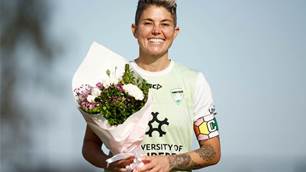
United we stand: government secures Canberra ALW future
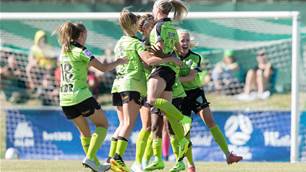
Canberra Utd face crisis as wait for ALM bid continues
